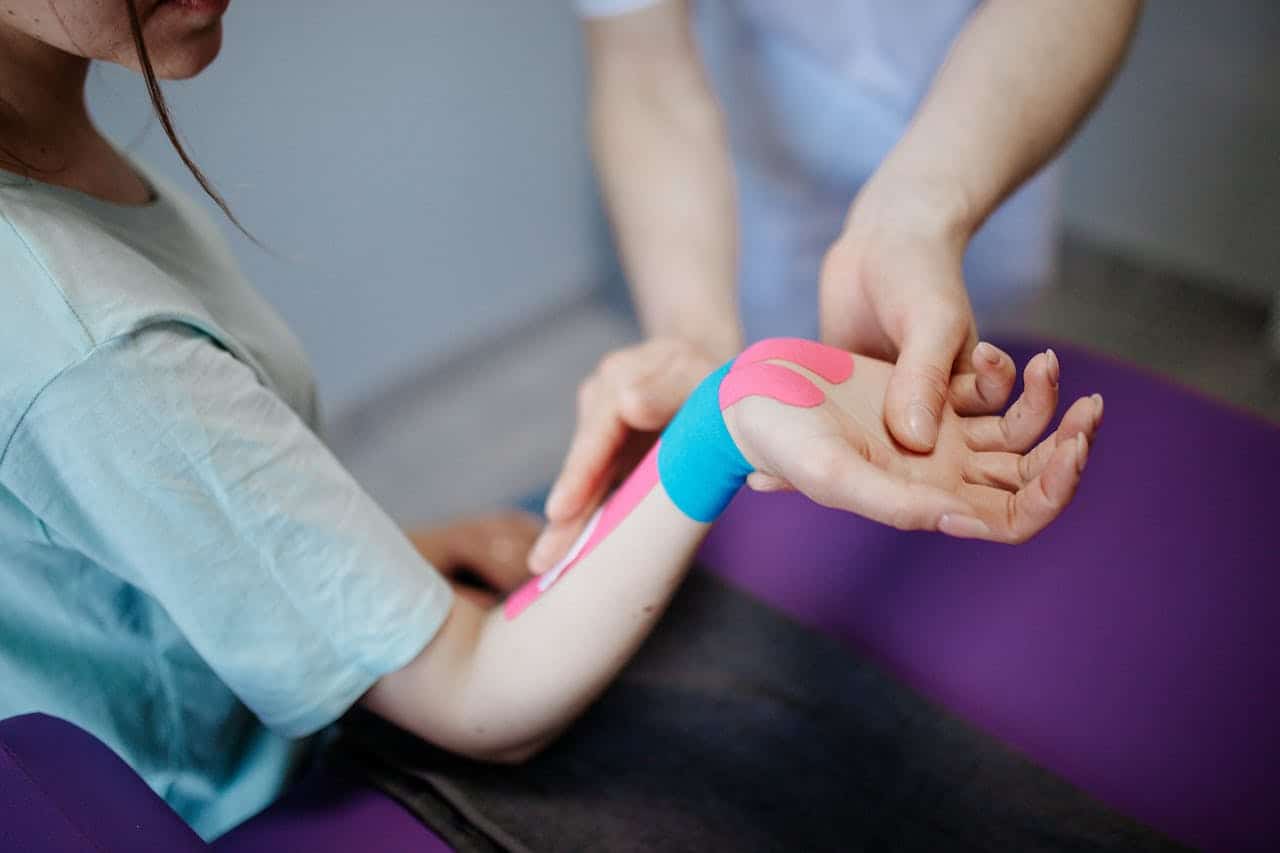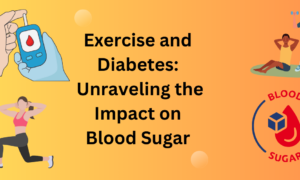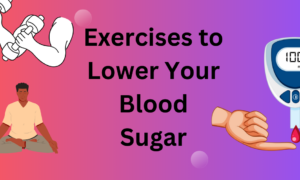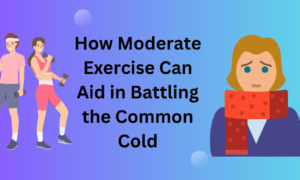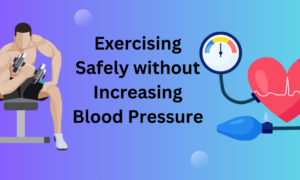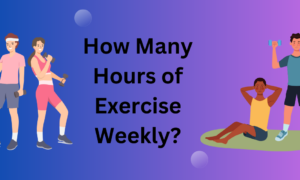Athletic performance significantly depends on sports recovery. It enables athletes to recover, recharge their energy, and improve their overall performance capability. Regardless of whether you are a professional athlete or a fitness lover, grasping efficient recovery techniques is essential for recovering quicker and maintaining peak performance. This guide outlines the optimal strategies for faster recovery while highlighting the significance of consistency.
Understanding the Importance of Recovery
Recovery is an essential process that occurs after physical exertion. During exercise, the body undergoes stress, leading to microscopic tears in muscle fibers, depletion of energy stores, and a buildup of metabolic waste. Without proper recovery, these damages can accumulate, leading to fatigue, reduced performance, and even injuries.
Why Recovery Matters
- Repair and Regeneration: Recovery promotes the repair of muscle tissues, allowing them to grow stronger over time.
- Energy Restoration: Post-exercise recovery helps replenish glycogen stores, ensuring that athletes are ready for their next performance.
- Injury Prevention: Adequate recovery reduces the risk of overuse injuries caused by prolonged stress on the body.
Common Challenges in Recovery
Athletes frequently encounter obstacles like insufficient sleep, unhealthy eating, and absence of effective recovery methods. These difficulties can hinder the recovery process and extend the period of inactivity. By tackling these concerns, athletes can boost their recovery and enhance performance results.

Nutrition: Fueling the Body for Faster Recovery
Nutrition plays a vital role in sports recovery. Consuming the right nutrients at the right time can accelerate healing and energy restoration.
Post-Exercise Nutrition
- Carbohydrates: These are essential for replenishing glycogen stores. Include complex carbohydrates like whole grains, fruits, and vegetables in your meals.
- Proteins: Proteins aid in muscle repair and growth. Foods such as lean meats, eggs, beans, and dairy products are excellent choices.
- Fats: Healthy fats from sources like avocados, nuts, and seeds support overall recovery and energy levels.
Hydration and Electrolytes
Adequate hydration is essential for quicker recovery. Lack of hydration can slow down recovery and cause muscle cramps. Drinking water and electrolyte-packed drinks such as sports beverages or coconut water aids in sustaining fluid balance.
Timing Matters
The “window of opportunity” post-exercise is vital for recovery. Consuming a balanced meal or snack within 30-60 minutes of physical activity can optimize nutrient absorption and muscle repair.
Supplements for Enhanced Recovery
Certain athletes gain advantages from supplements such as branched-chain amino acids, omega-3 fatty acids, and magnesium. Although supplements cannot replace whole foods, they can offer extra assistance for muscle recovery and reducing inflammation.
The Power of Rest and Sleep
Rest and sleep are fundamental to successful recovery. They enable the body to recover naturally and get ready for the upcoming challenge.
How Sleep Impacts Recovery
- Muscle Repair: During deep sleep, the body releases growth hormones that facilitate tissue repair.
- Mental Recovery: Sleep helps reduce stress and improve focus, both essential for athletic performance.
- Energy Restoration: Quality sleep replenishes energy reserves, enhancing stamina and endurance.
Tips for Better Sleep
- Establish a regular sleep schedule by going to bed and waking up at the same time daily.
- Create a comfortable sleep environment by minimizing noise, reducing light, and maintaining a cool temperature.
- Avoid caffeine and heavy meals before bedtime to improve sleep quality.
- Incorporate relaxation techniques like reading, meditation, or gentle stretching before bed to signal your body it’s time to rest.
Naps and Performance
Brief naps (20-30 minutes) taken during the day can enhance alertness and aid recovery without disrupting nighttime sleep. This may be especially beneficial for athletes who have rigorous training routines.
Active Recovery: Low-Intensity Movement
Active recovery includes participating in gentle exercises to improve blood flow and alleviate muscle discomfort. In contrast to total rest, active recovery maintains movement in the body while avoiding additional stress.
Benefits of Active Recovery
- Improved Blood Flow: Gentle movement boosts circulation, helping to transport nutrients and oxygen to recovering muscles.
- Reduced Stiffness: Activities like walking or yoga can alleviate stiffness and promote flexibility.
- Enhanced Recovery: Active recovery sessions can expedite healing by flushing out metabolic waste.
Activities to Try
- Stretching: Incorporating dynamic and static stretches can improve muscle elasticity and reduce soreness.
- Swimming: The buoyancy of water reduces stress on joints while promoting muscle recovery.
- Cycling: Low-intensity cycling enhances blood flow without overloading the muscles.
- Yoga and Pilates: These activities not only promote recovery but also enhance core strength and flexibility.
Recovery Tools and Techniques
Modern recovery tools and techniques can accelerate healing and improve overall recovery outcomes. Here are some popular options:
Massage Therapy
Massages assist in easing tight muscles, alleviating tension, and enhancing circulation. Foam rollers and massage devices are handy instruments for self-massage.
Cold and Heat Therapy
- Cold Therapy: Ice baths or cold compresses reduce inflammation and numb soreness. They’re especially effective after intense physical activity.
- Heat Therapy: Heat packs or warm baths relax muscles and improve blood flow to the affected areas. This is ideal for chronic muscle tension.
Compression Garments
Compression garments aid in muscle recovery by improving blood flow and minimizing muscle vibrations while exercising. Wearing these clothes after exercising can aid in diminishing swelling and accelerating recovery.
Recovery Devices
Devices such as electrical muscle stimulators and percussive massagers have become popular for their effectiveness in enhancing the recovery process. These instruments can focus on particular muscle areas and offer relief from tightness and discomfort.
Cryotherapy
Cryotherapy consists of subjecting the body to very low temperatures for a brief period. This advanced technique may decrease inflammation and enhance recovery duration, though it may not be appropriate for all individuals.
Mental Recovery: The Overlooked Component
Physical recovery is often prioritized, but mental recovery is equally important for athletes to perform at their best.
Managing Stress
- Mindfulness: Practices like meditation and breathing exercises can reduce stress and improve mental clarity.
- Visualization: Visualizing successful performances can boost confidence and reduce anxiety.
Staying Motivated
For some athletes, recovery phases might seem like a hindrance. Establishing attainable objectives and monitoring advancements can assist in sustaining motivation and concentration. Acknowledge minor achievements to maintain motivation.
Mental Fatigue
Prolonged training can lead to mental fatigue. Engaging in hobbies, spending time with loved ones, and disconnecting from intense schedules can rejuvenate the mind.
The Role of Professional Guidance
Working with professionals like physiotherapists, nutritionists, and athletic trainers can optimize recovery. They can provide tailored advice and interventions based on your specific needs.
Physiotherapy and Injury Recovery
Physiotherapists can treat injuries and assist in creating individualized rehabilitation strategies. This guarantees a secure and efficient return to physical exercise.
Personalized Nutrition Plans
A nutritionist can create a recovery diet tailored to your energy expenditure and goals, ensuring that all nutritional gaps are addressed.

Consistency is Key
Recovery is not a one-time effort but an ongoing process. Consistently following recovery best practices ensures sustained performance and minimizes the risk of setbacks.
Building a Recovery Routine
- Incorporate a mix of rest, active recovery, and nutrition into your weekly schedule.
- Adjust recovery practices based on workout intensity and personal needs.
- Use wearable technology to track recovery metrics like sleep quality and heart rate variability.
Monitoring Progress
Track your recovery journey using wearable technology or apps. Monitoring heart rate variability, sleep patterns, and activity levels can provide valuable insights into recovery status.
Avoiding Overtraining
Pay attention to your body and refrain from pushing through discomfort or extreme tiredness. Excessive training can result in burnout and extended recovery periods, hindering your sports objectives.
Conclusion
Efficient recovery in sports is crucial for athletes aiming to recover quickly and achieve optimal performance. By concentrating on nutrition, rest, active recovery, and mental health, athletes can speed up healing and minimize downtime. Contemporary recovery instruments and expert advice provide additional assistance for enhancing outcomes. Keep in mind that recovery involves not only healing but also getting your body and mind ready for the challenges that lie ahead. Adopt these recommended strategies, and you’ll be on the right path to realizing your sports ambitions.

